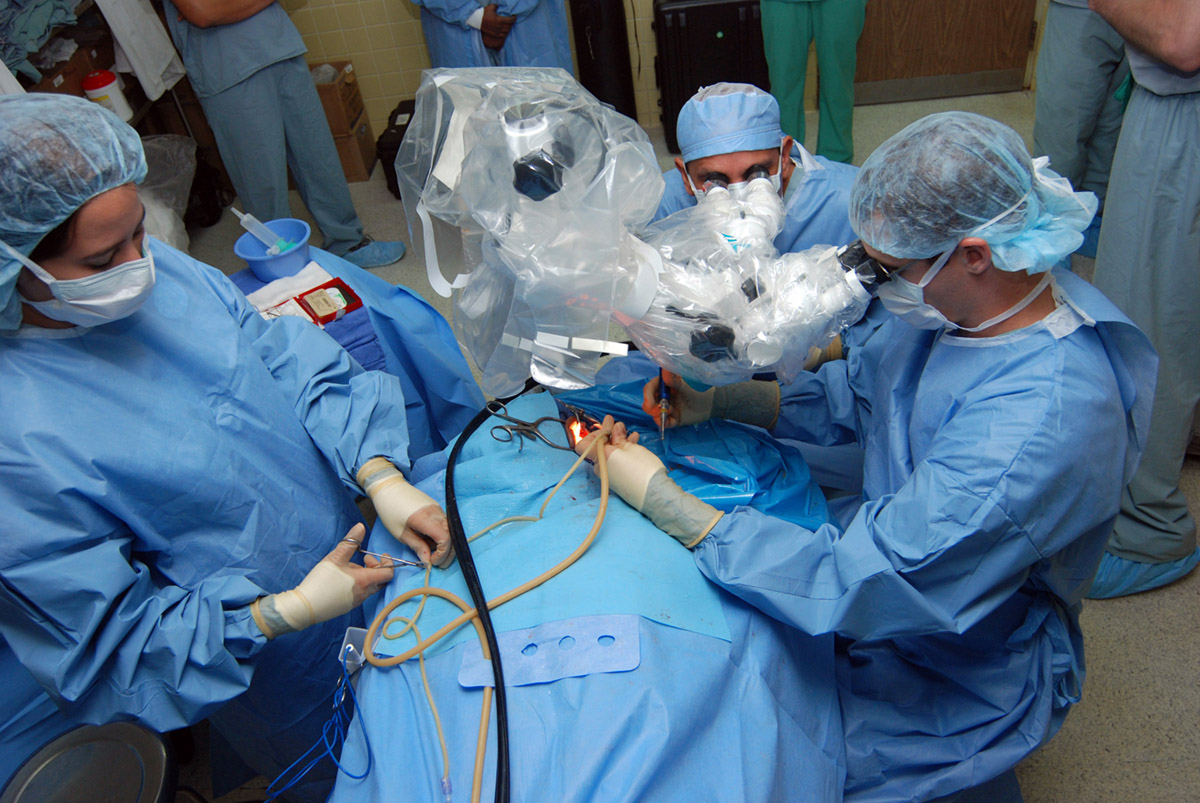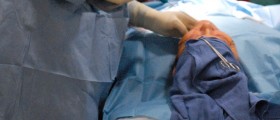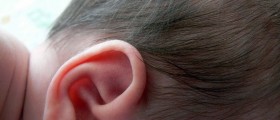
The first and most important thing to do before undergoing plastic surgery for large ears is to pick a surgeon that can be trusted.
Among many health conditions that require an ear surgery, some of the most common ones are constricted ear, which has varying degrees of protrusion, and reduced ear circumference, folding or flattening of the upper helical rim and lowered ear position.
Cryptotia is a case of the ear’s upper rim being buried beneath a fold of scalp and Stahl’s ear is a case of an ear that has a distorted shape because of abnormal cartilage folds.
Protruding or disfigured ears can be corrected by otoplasty or ear surgery. Macrotia, a case of very large ears, protruding ears and dissatisfaction with some previous ear surgery are the most common reasons for ear surgery. For the sake of safety and the success of the surgery, one should be very candid during the surgery consultations.
A person goes through various questions concerning their health, desires and lifestyle. The place where surgery should take place is also usually discussed with the surgeon. Someone should stay with the patient after the surgery to take him or her home and spend the first night after the surgery with the patient.
Local, intravenous or general anesthesia is administered before the procedure and the doctor decides which type should be used. Surgery includes the creation or increase of the antihelical fold inside the rim of the ear and the reduction of enlarged cartilage. An antihelical fold is a fold just inside the rim of an ear, while conchal cartilage is the largest and deepest concavity of the external ear. Incisions are made on the back surface of the ear. External stitches close the incision. One can view the results as soon as the supporting dressings are removed.
Ear surgery has some potential risks that include bleeding, infections, changed skin sensation, unfavorable scarring, and may call for a second surgery.
The doctor should give the patient specific instructions on how to take care of the ear after the surgery and one should not expose the ear to any excessive force, abrasion or motion. Pain medications might come in handy since discomfort following the surgery is quite common.
Surgery costs include a surgeon’s fee, surgical facility costs, anesthesia fee, medication prescriptions, post-surgery garments and various medical tests.
Most health insurance plans do not cover a surgery that deals with the appearance of the ears unless it is done to relieve medical symptoms or to restore proper hearing functions.

















Your thoughts on this
Loading...